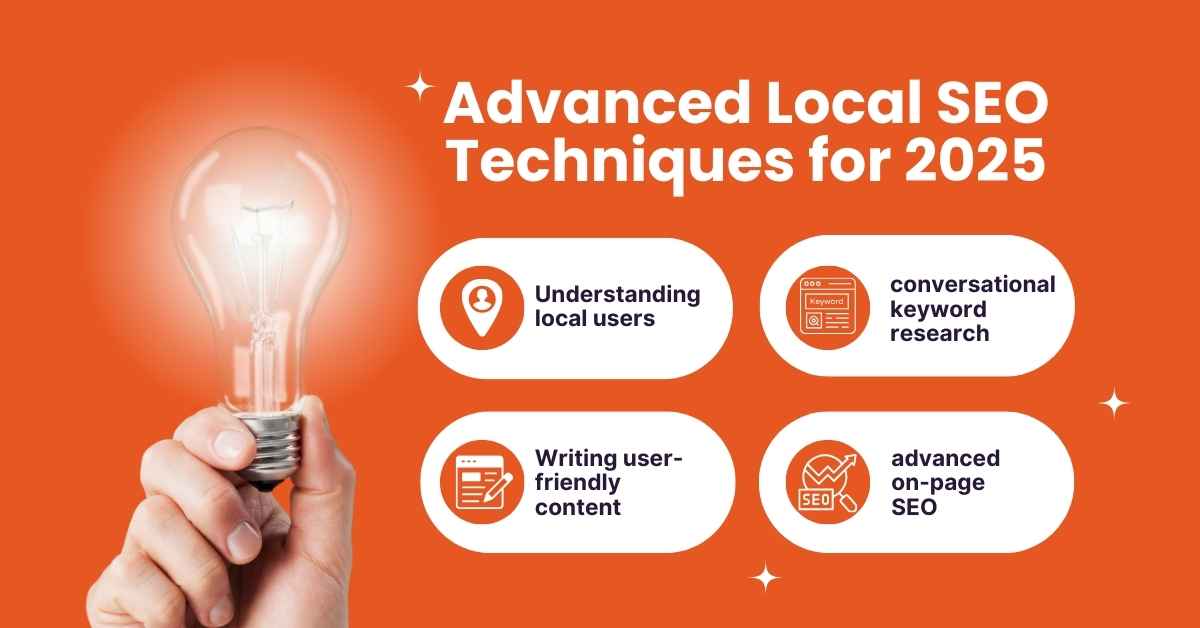
What we mean by local SEO is ranking business-relevant keywords in a specific city where customers search for that business. Previously, if a startup business needed traffic from Google, we would conduct low-competition keyword research that could be easily ranked. But in today’s AI-driven world, trying to acquire traffic from Google by following the same strategy would be nothing but a waste of time. In 2025, you must adopt advanced local SEO techniques. In this blog, I will discuss in detail which SEO techniques you need to follow. If you want to increase your website traffic, read this blog attentively till the end.
What is Advanced Local SEO?
The SEO strategy that is designed based on the user rather than prioritizing local ranking is called Advanced Local SEO. In simpler terms, your SEO strategy must now be structured in a way that solely helps users. You must give the highest importance to a user-friendly website, content, keyword research, and the website’s page speed.
How to do Advanced Local SEO?
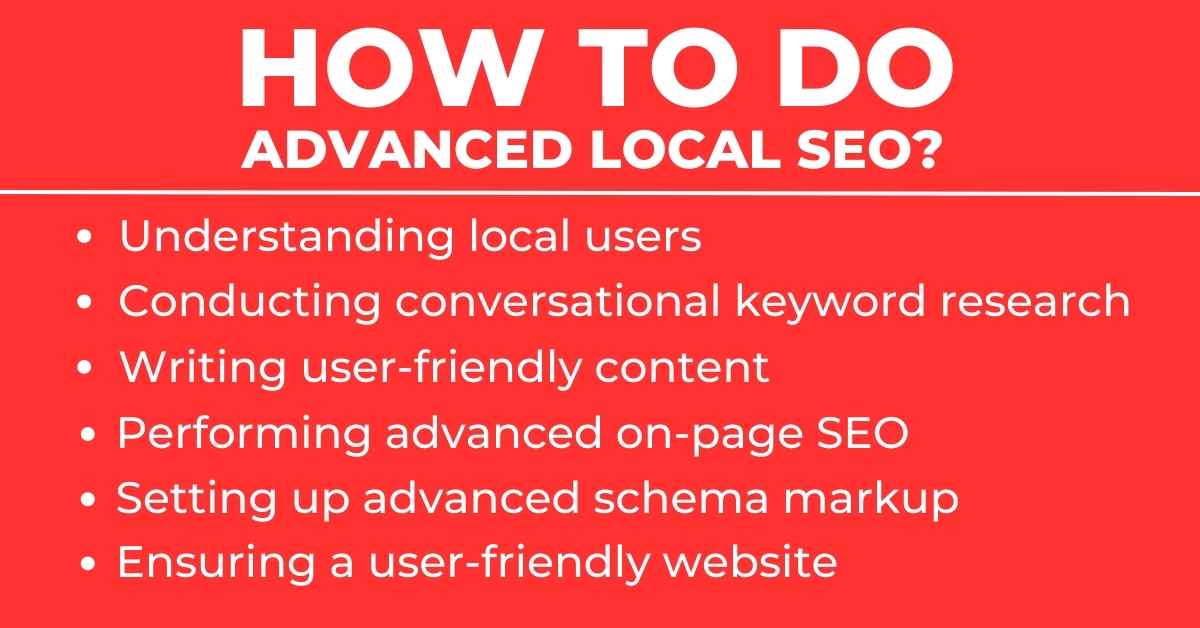
Advanced Local SEO must be done by keeping a few things in mind, and they are:
- Understanding local users
- Conducting conversational keyword research
- Writing user-friendly content
- Performing advanced on-page SEO
- Setting up advanced schema markup
- Ensuring a user-friendly website
- Maintaining the website’s page speed
Understanding local users
If you want to start a business in a particular location, you must understand the users there. You need to know what they like, what they don’t like, which type of customers are best for your business, their age, location, and other relevant details.
There are some free tools available for researching local user behavior. These include:
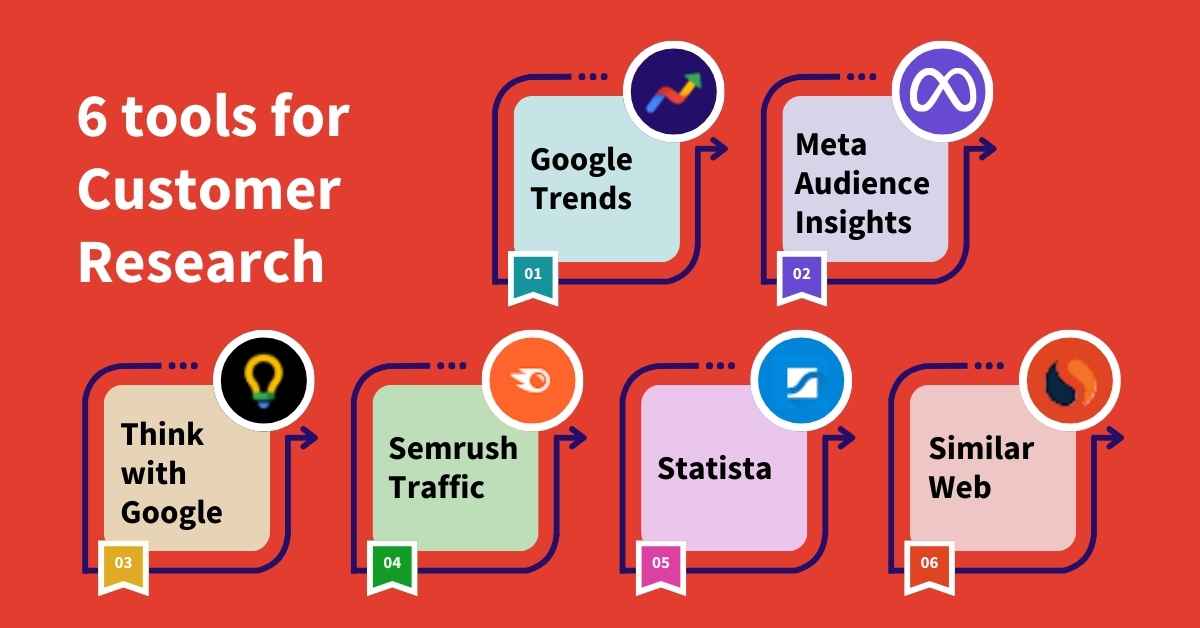
- Google Trends
- Meta Audience Insights
- Think with Google – Market Finder
- Semrush Traffic Analytics (Free Version)
- Statista (Free Reports)
- SimilarWeb (Free Version)
I suggest that you create a Customer Behavior Form. Use these tools to gather data and complete your customer form. Then, design your SEO strategy accordingly.
Conducting conversational keyword research
At one time, we used to conduct long-tail keyword research primarily for Google ranking. The reason was that users’ search queries were somewhat broad. For example, if a person named John from Maryland, New York City, USA, wanted to buy headphones and searched on Google, he might have typed ‘Best Headphones in New York’.
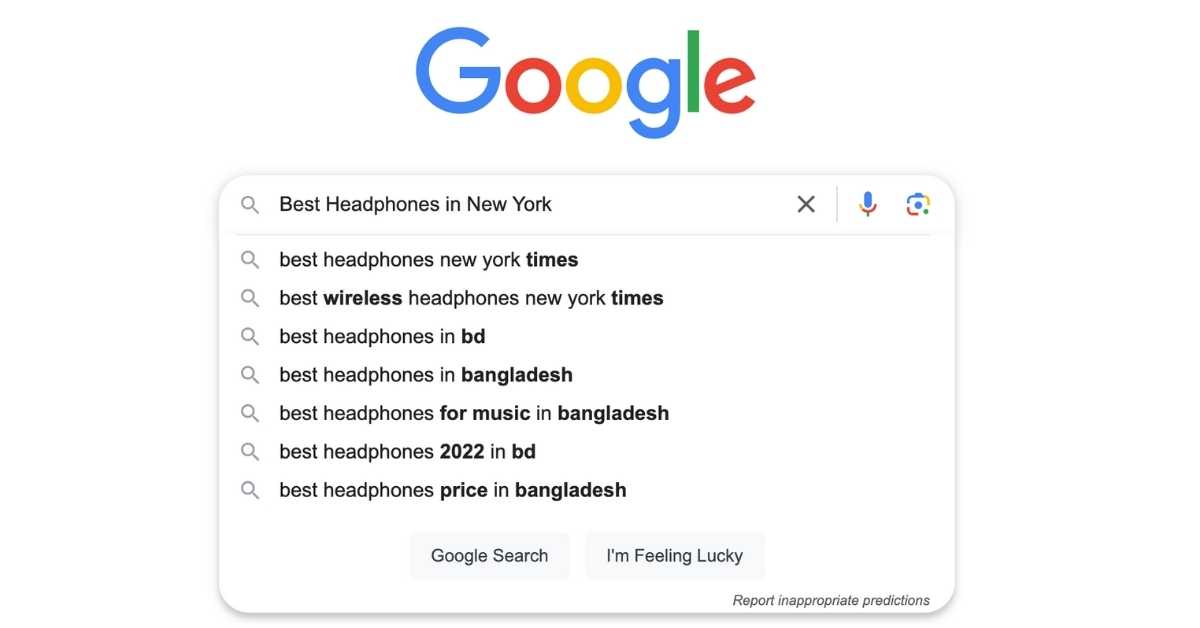
But now, John may not search the same way as before. His queries can be more specific, and Google’s new SGE version will provide answers based on his specific question.
For example, if John searches ‘My budget is $50, and I need headphones with a noise reduction feature in New York.’ Google will now generate a precise response to his specific query.
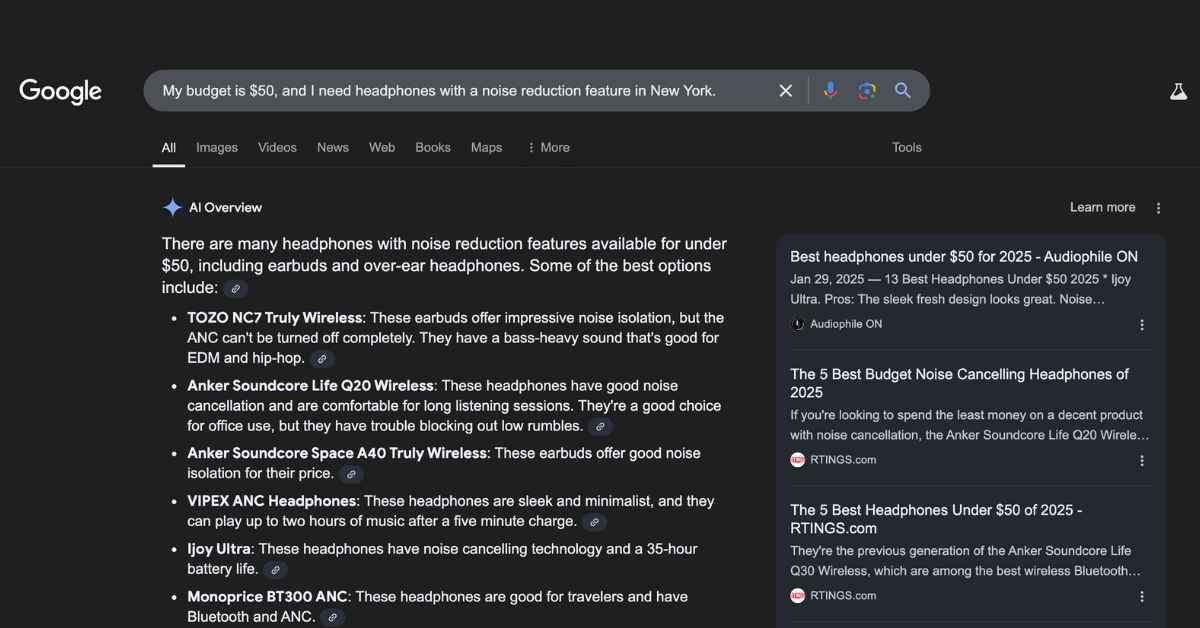
This means you now need to conduct keyword research that is conversational. There are some free tools available for conversational keyword research. These include:
- AnswerThePublic
- AlsoAsked
- Google Search Auto-Suggest
- Google People Also Ask (PAA)
- Ubersuggest (Free Plan)
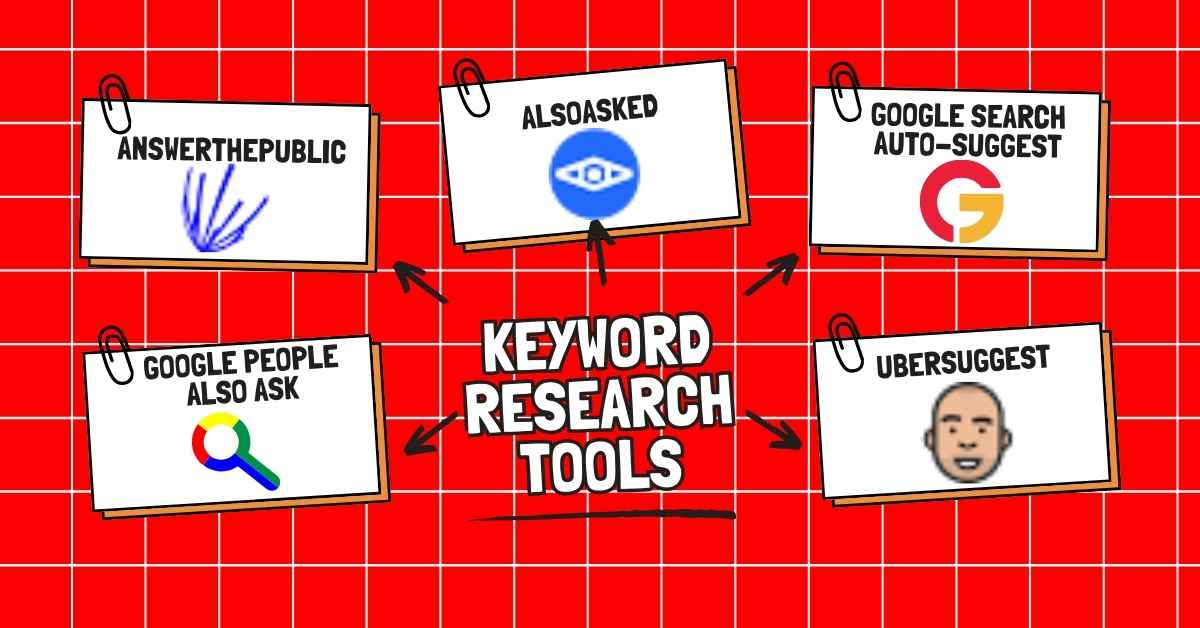
Writing user-friendly content
You need to write content for users, not just for ranking on Google. The content should be such that users can find their actual answers within it. Your writing must be SGE-friendly. To create SGE-friendly content, you must ensure that your content provides all in-depth information.
Performing advanced on-page SEO
Typically, in On-Page SEO, we use keywords in the meta title, description, or headline. However, Google does not favor this kind of keyword pushing. Instead, try to add information in the meta title and meta description that encourages users to click more.
Setting up advanced schema markup
Properly setting up Schema markup helps increase traffic. It is an important part of advanced local SEO. Implementing a custom Schema markup setup is the best approach.
Ensuring a user-friendly website
Make sure your website is available in both mobile and desktop versions. Your website should be easily accessible to users. Currently, Google gives higher priority to mobile-friendly websites.
Maintaining the website's page speed
Typically, a 1-second delay can cause a website to lose 7% of its users. If the delay increases to 3 seconds, the loss can go up to 52%. This means page speed has a significant impact on Google rankings. If you can improve your page speed and your website loads in less than 1 second, it has the highest potential to rank on Google.
Conclusion
If you follow all these steps, your website traffic will definitely increase. Additionally, make sure to audit your website and resolve any SEO issues.
Thank you for reading our blog. If you found it helpful, don’t forget to share it. Your support encourages me to write more!










